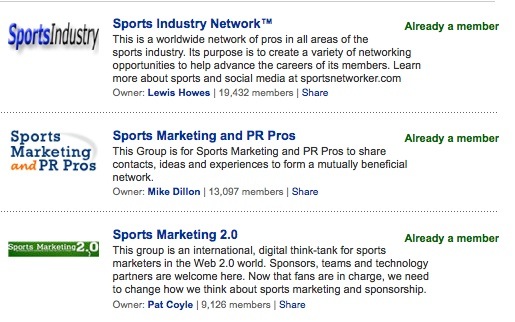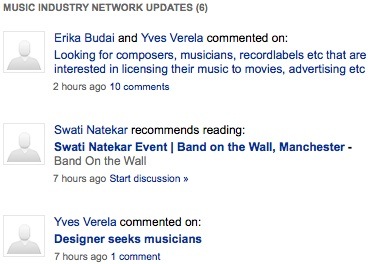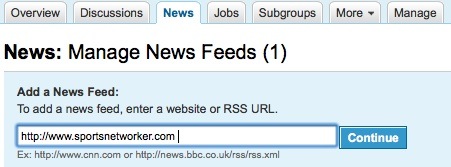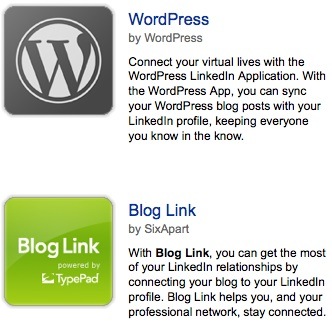RACINE COUNTY — Whether a company closes or eliminates a position, the result is the same for the employee: No job tomorrow; start the hunt.
Among the county’s unemployed are people with education, skills and experience that have made them employable in the past. Now, they can’t find work, and it’s not for the first time. People who never thought they would be out of work have found themselves in that position several times.
Each time, they made adjustments: cut back, shopped smarter and kept looking.
A family effort
Steve Torretta, 50, spent 20 years as a programmer analyst.
He is in his third period of unemployment in the past eight years. He was first laid off in March 2003. In November 2004, he got a job with a company in Lake Geneva. In January 2009, he was laid off again. They hired him back as a contractor in May, to help with unfinished projects. That ended in January.
Torretta’s entire family helps adjust expenses to fit their reduced income. He lives in the Town of Waterford with his wife and two daughters.
“The first thing we did was determine where we’d make cuts,” he said. “For starters, we went more toward trying to keep the heat down a little bit. We went more toward generic foods, where flavor wasn’t going to be too much different. We combined trips ... and planned ahead so whatever direction we were going we’d get other things done.”
They postponed work on the house, and did some work themselves. He applies for four to six jobs a week, but it can be hard to get an interview.
“From January 2009 to May, I had no interviews,” he said. “When my old boss asked if I wanted to come back, they afforded me the chance to take time off to go to interviews. I still wasn’t able to get any interviews.”
Torretta speaks calmly about his situation. Even though his family is living on one income, he said they haven’t faced too much financial difficulty because they had savings to fall back on.
If he hasn’t found work by the end of the summer, Torretta said he will probably go back to school.
“I think everybody should be unemployed for a significant duration to get the gist of what others go through rather than just say, ‘Oh, you can get a job,’ ” Torretta said. “Some have that attitude. It’s not that they look down on you for being an unemployed person. It’s more like, ‘Why don’t you have a job?’ They’re not seeing the big picture of how hard the job search can be at some times.”
Planned ahead for the unexpected
Jess Sedgwick, 60, was unemployed for the first time in 2000, when his position at Johnson International in Racine was eliminated. He found another job in Milwaukee, where he was the vice president business analyst/facility manager for M&I Support Services Corp. After five years there, his position was eliminated again.
In 2006, he worked in loss prevention at a grocery store, he said. In 2007, he found another job, this time as a “working supervisor” managing records retention and retrieval. That job ended earlier this year.
He and his wife live in Caledonia, near Wind Point Elementary School. Sedgwick’s wife is retired, he said, and they have health insurance through her.
“We don’t live uncomfortably,” he said.
They have paid down their debt, Sedgwick said, which helps keep their costs in their budget. Other than their mortgage, he said, they don’t have other loans or debt payments to make. If they use their credit cards, they pay them off every month.
Still, his wife has taken a short-term job this year, Sedgwick said, in part to pay for the three weddings — two out of town — they will be attending this fall.
He got severance pay when he was laid off from Johnson International and M&I. When he was employed, he set aside money just in case.
“In facilities management, you have a job today and they can contract it tomorrow,” he said. “I tried to build up some kind of reserve.”
Sedgwick said he feels his age and experience level are making it harder for him to find a job.
“Companies screen for experience because that means higher salaries,” he said. “There’s also a barrier to older workers because it’s difficult to go into a lower-level position.”
At this point, Sedgwick said, he’s not necessarily looking for a job that will make a lot of money, but wants to use his skills to contribute to something.
“I know what my boundaries are,” he said. “I’d love to take a position with a nonprofit and not make as much but contribute to the community in that way. It’s tough to get people to see that.”
Finding new opportunities
In 1996, Althea Erickson, then 45, left a job as an administrative assistant at InSinkErator to become an executive assistant at Jacobsen-Textron. She saw the move as a promotion, but it only lasted five years.
She found herself out of work in 2001 when the plant shut down. She did temp work at some of the area’s biggest corporations. In January 2003 she landed a full-time job at Wheaton Franciscan Healthcare. She changed positions there in 2006, and two years later her position was cut.
She turned to family for advice. They helped her make out a budget, and her brother suggested she try to get a job in retail if administrative jobs continued to be hard to find.
That’s what she did.
Now 59, Erickson, who lives on Racine’s north side, works 30 hours a week at the Milaeger’s Sturtevant store. She enjoys the work, but she’s hoping to find something in the field where she spent her career, even part time. She applies for two to four jobs a week, she said.
Erickson has confidence in her skills, but hasn’t been able to get a job in her field. Sometimes, she goes back to that 1996 decision to change jobs.
“At the time, I had sat down and figured out what I needed to live on,” she said. “At that time period, I needed to find something else.”
Now, she’s got a “bare-bones budget” with little personal spending money. She said she looks for bargains at garage sales and thrift shops, and limits the amount she has each week for purchases. She has dial-up Internet service at home and packs a lunch for work.
“It’s been good to learn how to be smarter with what you have,” she said.
She’s kept up her clerical skills through volunteer work, and says she feels her age isn’t helping her get hired.
“I’m fairly confident that’s it,” she said. “I wish more employers would look at someone’s business ethics, loyalty, their skills. I don’t mind learning new skills. It’s fun. And if I can help anyone else learn, I will.”


















